Chasing the prodigal sun
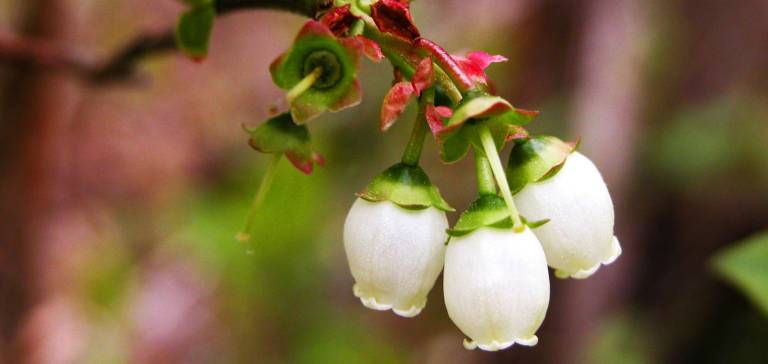
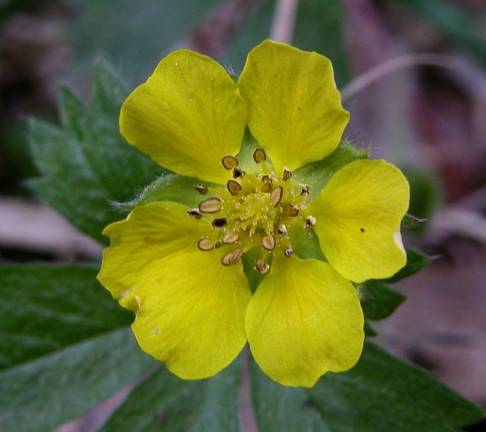
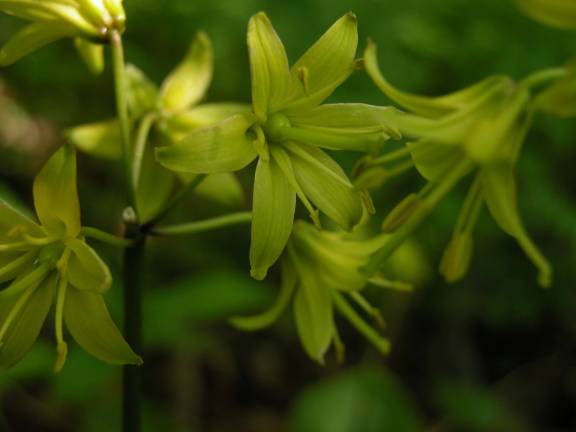
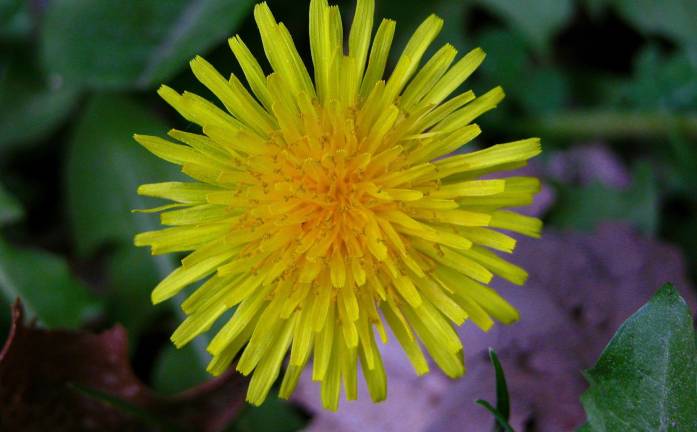

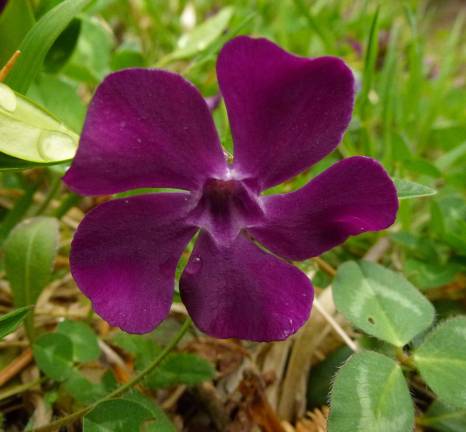
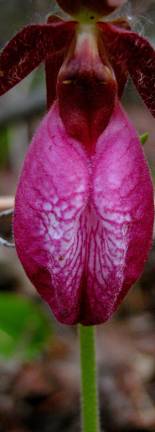
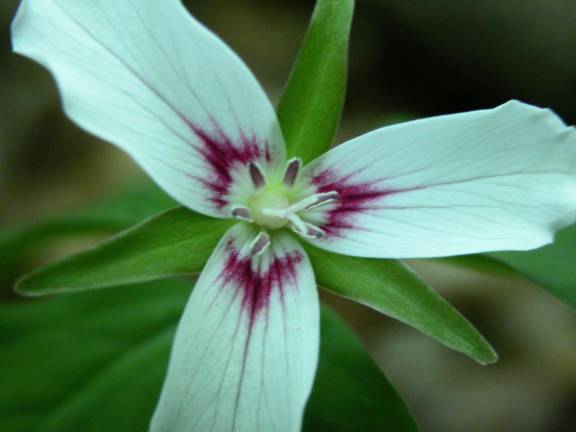
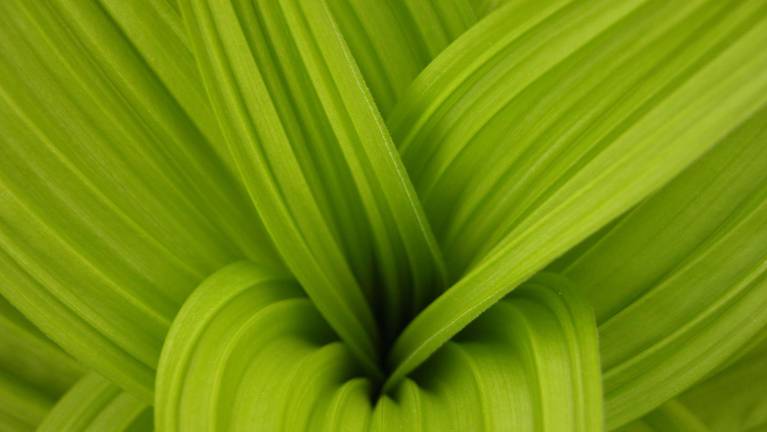
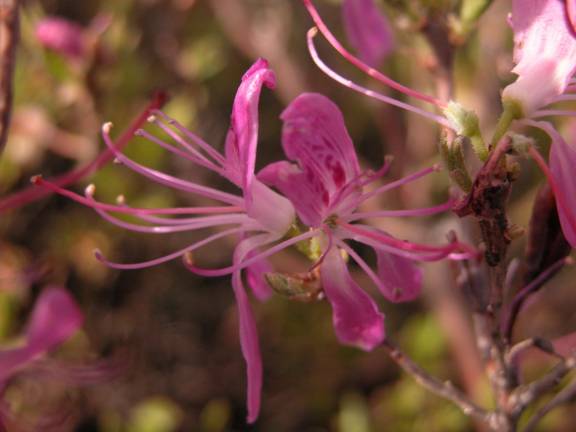
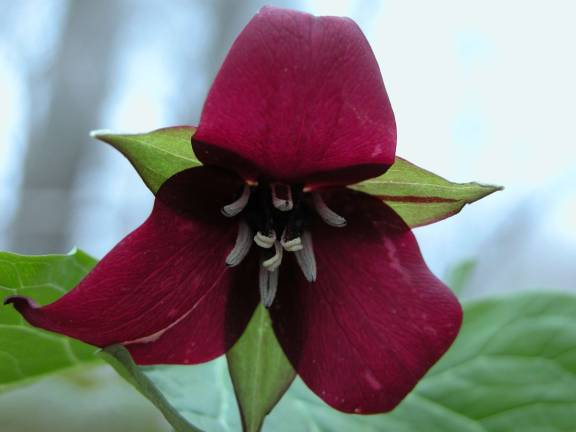
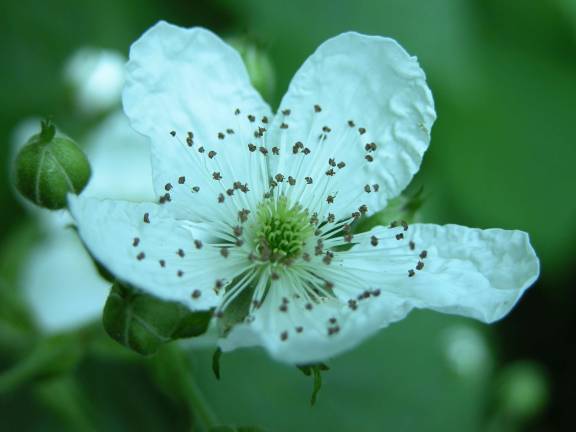
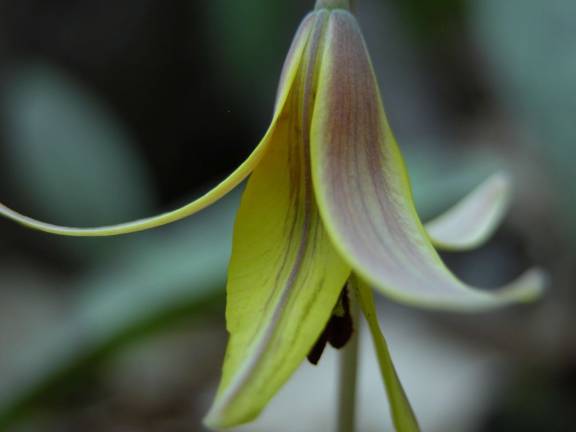
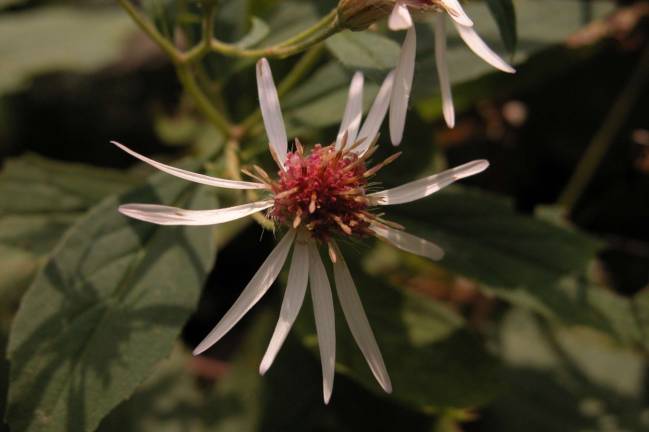
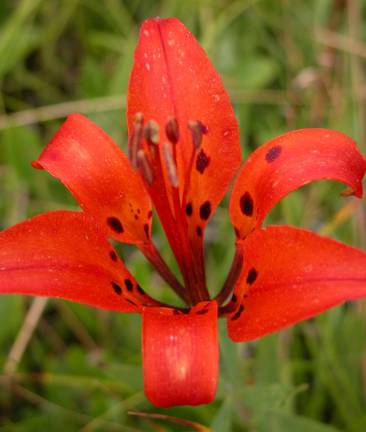
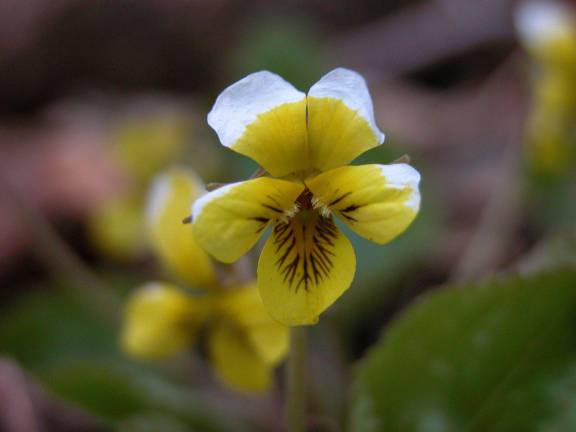
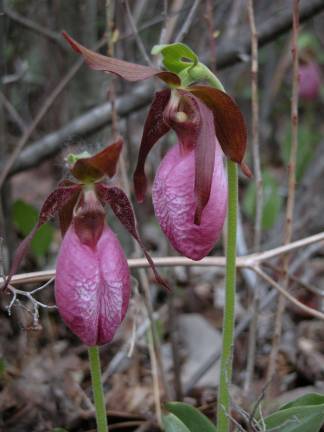
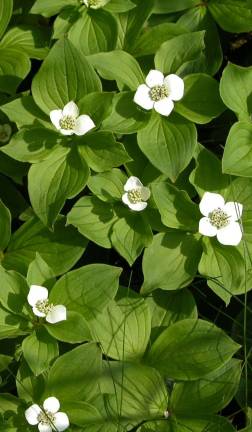
At the end of a long winter, when I’m lip-chapped and snow-blinded, tired of crunching down trails in ice cleats, tired of eating soup with mittens on, weary of the sight of fellow hikers with snotsickles in their ‘stashes (a pack of tissues costs abuck people, and I’m talking about you, guy in the purple fleece on the AT who asked directions to High Point), I take out my trail maps and look for routes that stick to the south sides of mountains. Winter still has a lock on the north faces. But on the southern slopes, winter is on the run. The rotten ice and snow are dissolving into meltwater, turning every trail into a watercourse, every crease in the earth into a creek. I switch from cleats to gaiters.
In November, I like getting a preview of winter by climbing from autumnal valleys to snow-capped peaks. Now I want to find spring. We set out for Peekamoose.
The trail travels up the mountain’s broad south face to the summit at 3,843 feet. It’s the longest continuous ascent in the Catskills, which sounds like a hard climb, but it really isn’t. I’d read somewhere that Jimi Hendrix once dropped acid on a Peekamoose ledge. So how hard can it be, if it can be managed in crazy-tight bell-bottoms? (Although I can’t picture Jimi negotiating some of the steeper pitches without putting a mental tear in the seat of his pants.)
Peekamoose is most interesting in early spring, when the prodigal sun rounds the equator to penetrate the forest floor with light and heat. In summer, the trail is a shady tunnel of green. But in spring, when fat buds have pushed off the very last of the old leaves, there’s hardly a scrap of shade anywhere. The heat awakens unseen filaments in the earth, and, faster than you think possible, the slopes are transformed by a blanket of blooms that upstage the trees, the ledges, and the very sun itself.
I appreciate the sturdy aliens, like Queen Anne’s Lace, that hitchhiked over from Europe to grow in our pastures. I’ve stood amazed before tropical excrescences like birds of paradise and bougainvillea, and trumpet flowers big enough to swallow a brass band. And I always look forward to the mountain laurel that comes later in the spring (have I got a trail for you!). But the flowers I love best are the early spring natives that grow in remote places, and that continue to remind us what the world looked like when it was new. And it’s up in the Catskill peaks that you can reliably find them growing in breathtaking profusion.
Trout lilies, with their nodding yellow bells and mottled, spear-shaped leaves that taste like asparagus, are as common on Peekamoose as dandelions in a farmer’s field. Trillium, in red and white, grow in bunches everywhere. More rare are lady’s slipper orchids in pink and yellow (Jimi’s favorite wildflower, if I had to guess, and hard to describe without getting gynecological). You will certainly see trailing arbutus, bunchberry, lily of the valley, Dutchman’s breeches, and bluets, and a spectrum of violets in yellow, white, and blue that make sense of the Tennessee Williams line, “The violets in the mountains have broken the rocks.”
Winter is vanquished, but the joy I feel is mixed with dread of loss, as it is with romantic love, which flowers so powerfully symbolize. There will come a day of personal disaster, when my legs will no longer carry me into the woods. And there will come a day of global disaster, when climate change drives our native flowers off the peaks. The bunchberry that grows on Peekamoose needs to spend winter under a protective blanket of snow. For too many winters, I have climbed Peekamoose to find the summit bare.
Tom and I rest on big chunk of puddingstone near the summit, where the view is sweeping. We’re on speaking terms with Slide Mountain, a few hundred feet higher and close enough so that we can pick out individual trees on its summit ridge.
My legs feel strong. The sun is making me pleasantly sleepy. Today we are well and happy. The trout lilies nod in the gentle breeze. I stretch out on the sun-warmed rock and nod back.